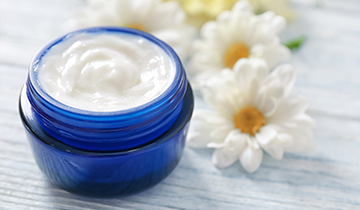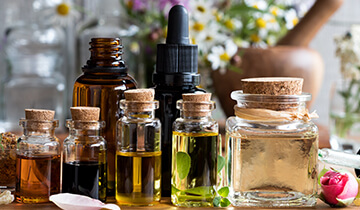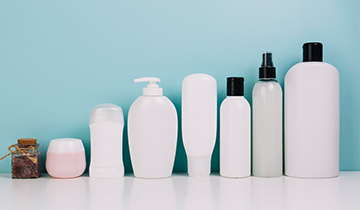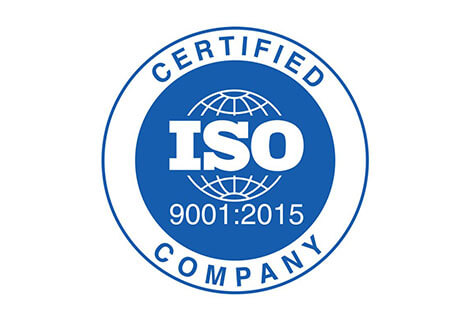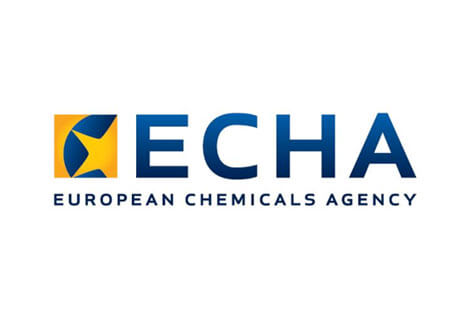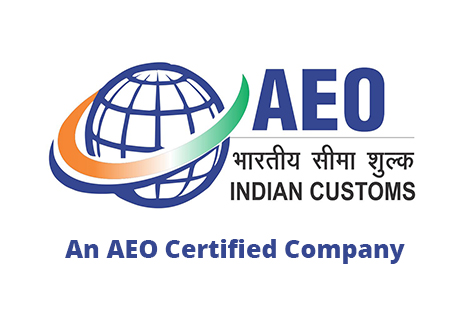Poly Ethylene Glycol (PEGs)
PEGs can also commonly be referred to as polyoxyethylene (POE) and polyethyleneoxide (PEO), but regardless of the name that is used, the simple structure of PEGs (which consists of solely carbon, hydrogen and oxygen, see image below) affords safe compounds that are used throughout everyday life.
Applications:
1. PEG is the basis of many skin creams (as cetomacrogol) and personal lubricants (frequently combined with glycerin ).
2. PEG is used in a number of toothpastes as a dispersant. In this application, it binds water and helps keep xanthan gum...
3. PEG is also used as an anti-foaming agent in food and drinks –...
Poly Ethylene Glycol (PEGs)
| PRODUCT | APPEARANCE | AVG. MOLECULAR WEIGHT | MOISTURE (%) | PH (5% aq.) | HYDROXYL VALUE | VISCOSITY @98.9OC, Cst | DIOXANE (ppm) | POUR POINT°C | SURFACE TENSION Mn/m@ 20°C |
|---|---|---|---|---|---|---|---|---|---|
| PEG-200 | CLEAR LIQUID @25°C | 190-210 | 0.2 | 6-8 | 550-570 | 4.0-4.2 | - | -50 | 44.6 |
| PEG-300 | CLEAR LIQUID @25°C | 285-315 | 0.2 | 6-8 | 350-390 | 5.4-6.4 | <10 | -15 | 44.6 |
| PEG-400 | CLEAR LIQUID @25°C | 380-420 | 0.2 | 6-8 | 265-295 | 7-8 | <10 | 6 | 44.6 |
| PEG-600 | CLEAR LIQUID @25°C | 570-630 | 0.2 | 6-8 | 180-197 | 10-11 | <10 | 25 | 44.6 |
| PEG-1500 | WAXY FLAKES @25°C | 1425-1575 | 0.2 | 6-8 | 70-80 | 26-32 | <10 | 42-48 | 53.1 |
| PEG-4000 | WAXY FLAKES @25°C | 3800-4200 | 0.2 | 6-8 | 26-30 | 110-158 | <10 | 54-59 | 54.4 |
| PEG-6000 | WAXY FLAKES @25°C | 5500-6500 | 0.2 | 6-8 | 16-21 | 230-300 | <10 | 55-61 | 55.3 |
| PEG-10000 | WAXY FLAKES @25°C | 9000-11000 | 0.2 | 6-8 | Oct-13 | 450-580 | <10 | 58-62 | - |

